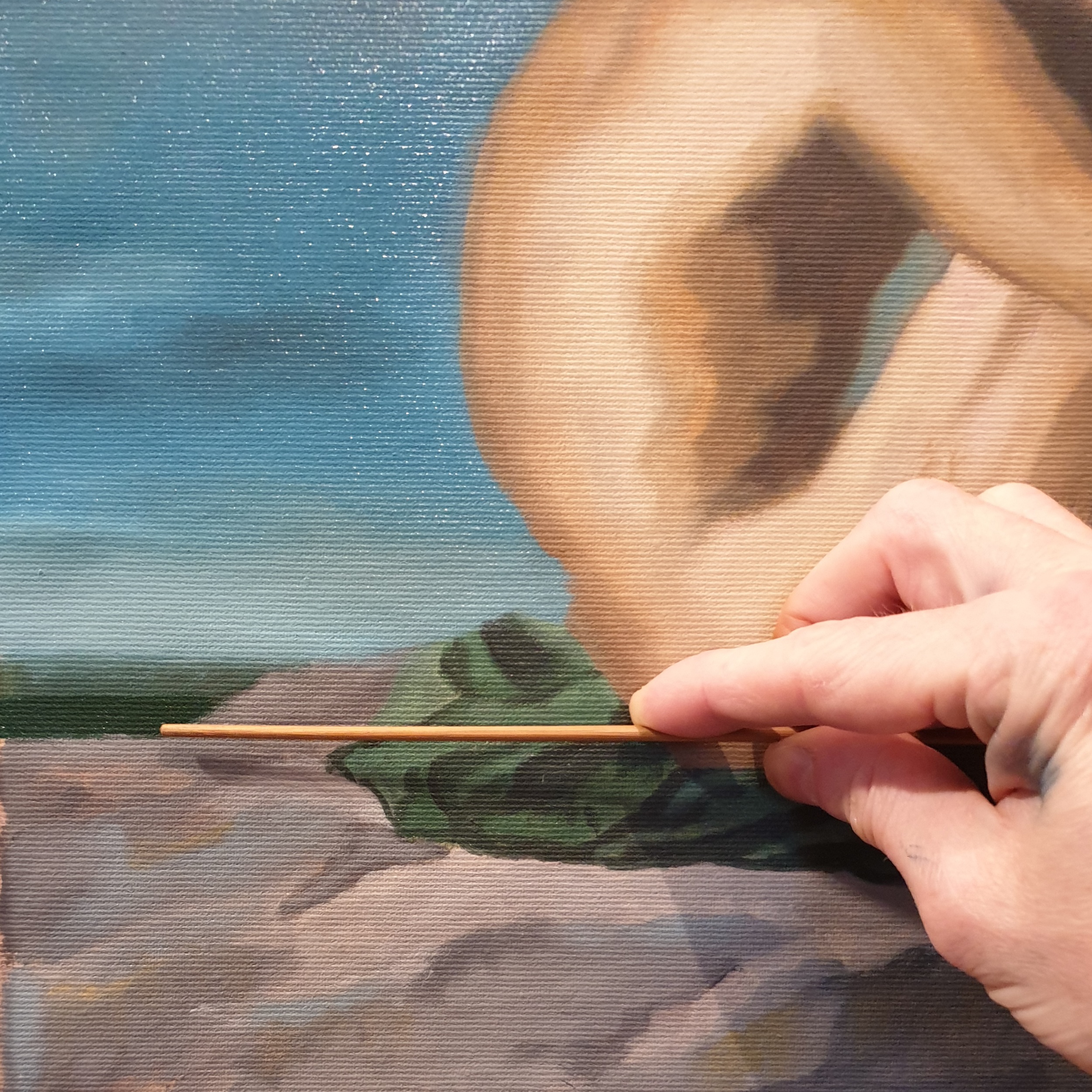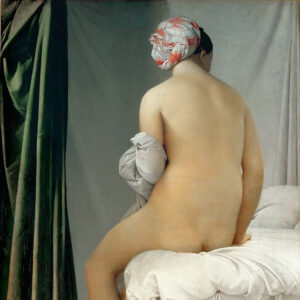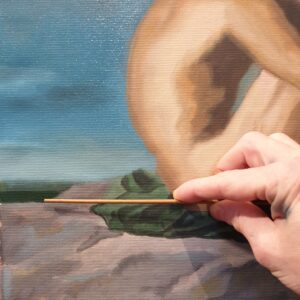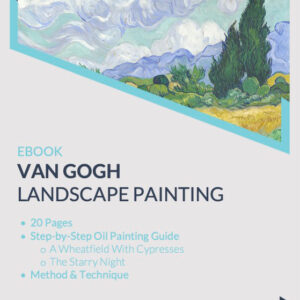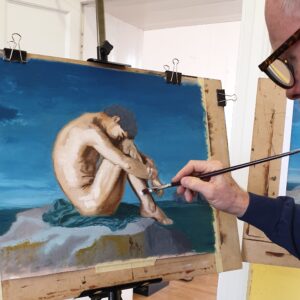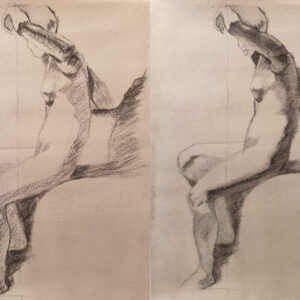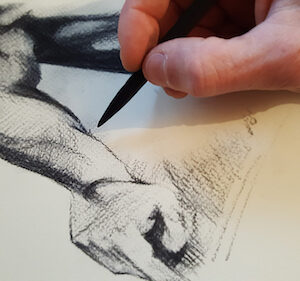Figure Painting in Oils Online Course
€150.00 – €270.00
LIVE-STREAMING & RECORDED ONLINE COURSE
Starting Thursday 20th March 2025
Dates & Class Times: Thursdays 7-9pm (UTC+1)
- Copying the 19th-Century Nude (5 Weeks)
20th March to 17th April 2025 - Painting the Figure from Photo Reference (5 Weeks)
1st May to 29th May 2025
Media: Oil Paint
Format: Live Streaming Zoom Class & Video Recording
Level: All levels
Book Two Modules & GET ONE CLASS FREE!
All online classes are recorded and saved for the duration of the course module, so you can replay and watch at any time from one week to the next!
The human form has constituted the main subject in art through the ages. Painting the nude figure in particular offers the greatest challenge for artists but also presents the opportunity to capture gesture and movement, to work out proportions, to render forms, and master the subtle effects of light and colour.
This figure painting course, divided into two modules, covers everything you need to know in order to paint the nude and semi-nude figure in a realistic and convincing manner. Aside from the subject matter, you will learn time-honoured drawing and painting skills that can be applied to any subject, style or scenario.
Some of the key learning outcomes are as follows:
- Improve your oil painting skills
- Learn the essential structure and anatomy of the human body for artists
- Understand and depict light and shadow on the figure accurately
- Study the aesthetics, methods and techniques of the academic oil painting tradition through reproduction and critique
- Discover French Neoclassical painting
- Create your own figure painting in oils
This course lasts for 10 weeks, and is divided into two 5-week modules. Each module is self-contained and can be taken individually or together.
Please see tabbed sections below for a detailed description of each module as well as other important information.






